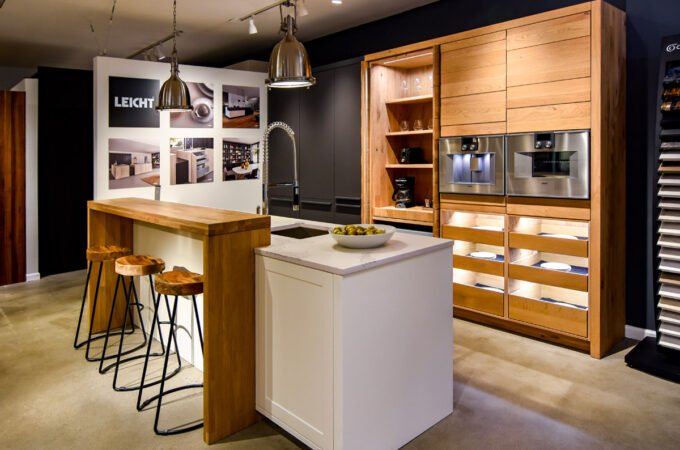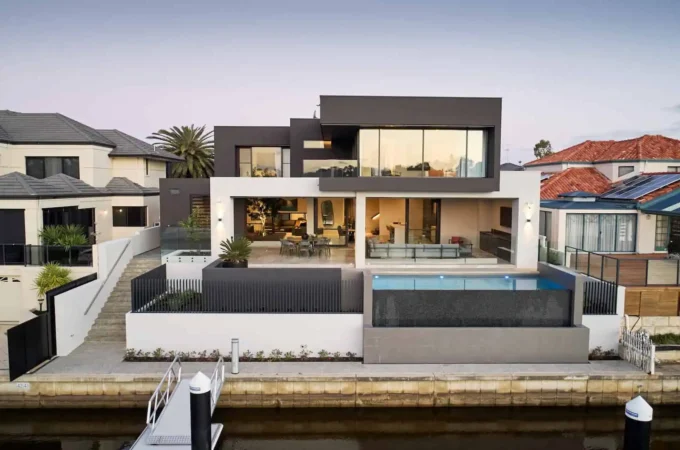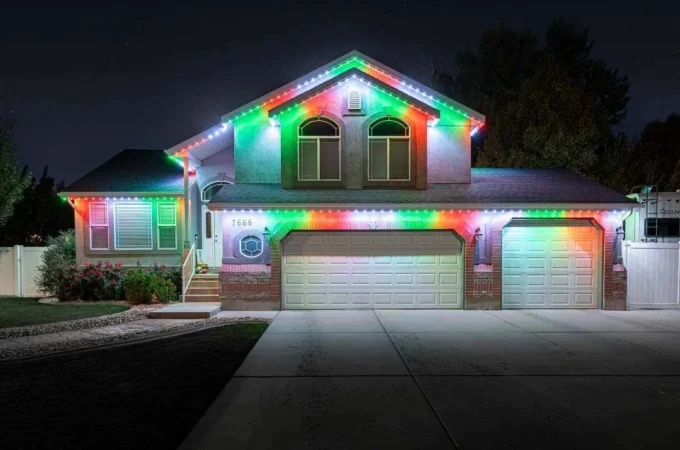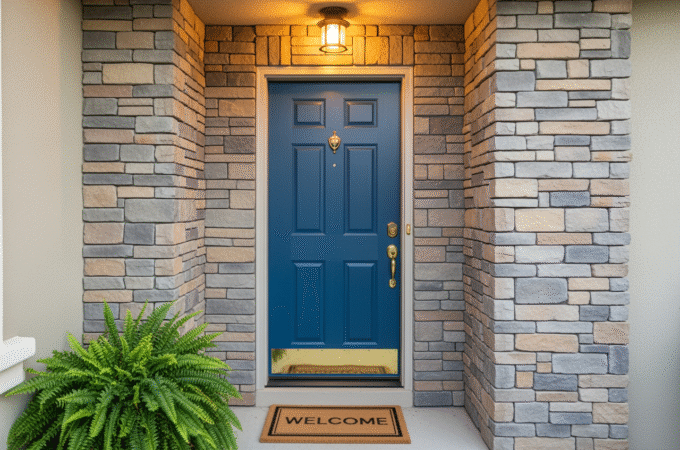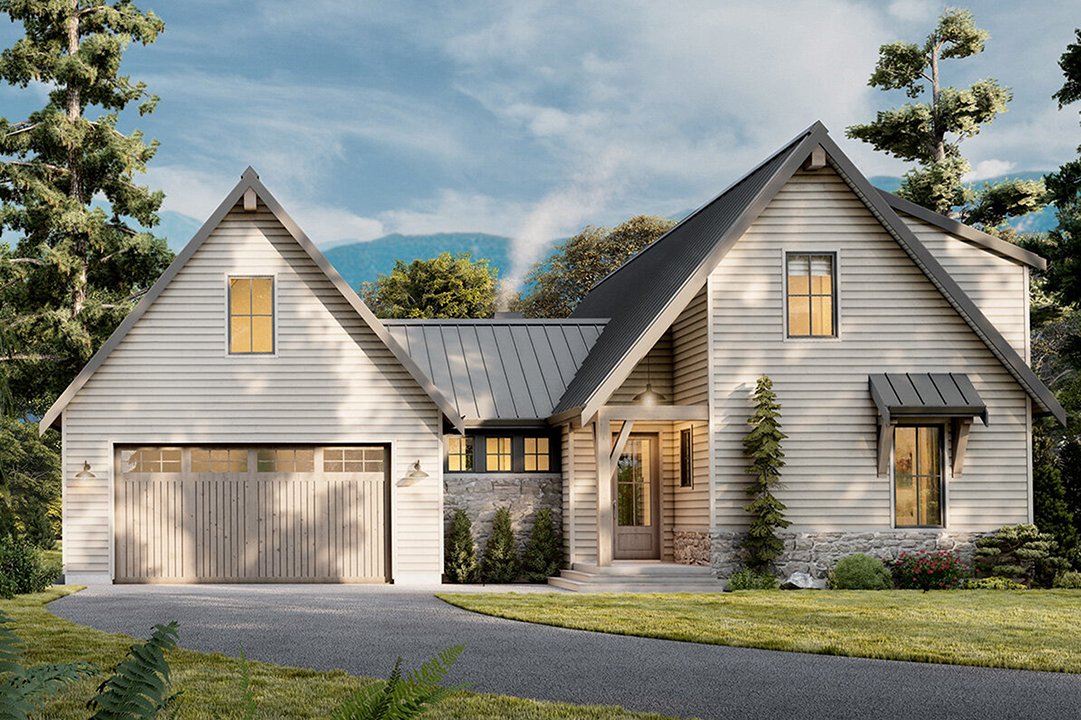
The Rise of Compact Custom Homes: Prioritizing Efficiency Over Size
Table of Contents
ToggleKey Takeaways
- Compact custom homes are increasingly popular for their efficiency, sustainability, and cost savings.
- Economic shifts and rising costs drive builders and buyers to seek smaller, more functional homes.
- Innovation in design and construction allows even small spaces to be as comfortable and stylish as larger homes.
- Sustainability, lower utility bills, and high customization strongly incentivize new homeowners and downsizers.
- Prospective buyers should consult experienced professionals to maximize space and comply with zoning rules.
Introduction
As modern homeowners increasingly question the necessity of excessive square footage, the housing industry has witnessed a marked shift toward compact custom homes. These smaller residences are specially designed to cater to individuals and families who want more from less, with functionality and aesthetic appeal elevated above mere size. The focus is shifting toward reduced utility bills, using ecological building materials, and adopting a lifestyle grounded in simplicity and intention. Where previous generations associated bigger homes with status, today’s buyers often seek imaginative, streamlined designs that reflect a new set of values. Tighter footprints have created opportunities to rethink the meaning of homeownership, placing an even greater emphasis on efficiency and creativity in every square foot of living space. For those exploring this innovative approach in the Midwest, reputable custom home builders Illinois have been at the forefront, marrying modern building techniques with the needs of a diverse and demanding clientele. This has proven that when thoughtfully crafted, small spaces can excel in comfort and character, dispelling myths surrounding limited living space.
The popularity of compact custom homes speaks to a wider societal evolution. Prospective homebuyers, disenchanted by ballooning costs and unnecessary excess, are attracted to living spaces that deliver exactly what they want and nothing superfluous. These homes, once a niche interest pushed by minimalists or the environmentally conscious, are becoming highly sought after by millennials building their first home, retirees wishing to downsize, and a growing cohort of families who prioritize community and sustainability. As compact homes enter the mainstream, they encourage a deep reassessment of priorities and foster smarter, more meaningful home design, showing that modest size can translate into lasting economic and ecological rewards.
Economic Factors Driving the Shift
Financial realities are fundamentally reshaping what Americans see as the ideal home. In recent years, soaring construction expenses, higher interest rates, and persistent economic uncertainty have shaken the traditional image of an expansive, single-family house. More potential buyers—especially first-timers and young families—are being drawn toward homes with smaller footprints to cope with rising home prices. According to the National Association of Home Builders, over one-third of home builders constructed smaller homes last year, and 26% more plan to focus on compact designs moving forward. This contraction in footprint is more than a trend; it’s becoming a strategic move that makes homeownership accessible for a wider audience.
Compact homes are also more cost-effective to maintain and finance. Homeowners benefit from lower initial purchase prices while retaining the flexibility to direct their budget toward features that enhance daily life, be it smart energy systems, higher-end finishes, or customized spaces. Rather than accumulating unused rooms that add cost but little value, buyers are reallocating those dollars into things that matter most: energy efficiency, better appliances, or versatile interior layouts. These choices promote lasting value and greater fulfillment from the space.
Design Innovations in Compact Living
Contemporary compact homes are redefining style and livability, even when space is at a premium. Leading builders and architects are moving away from traditional layouts that waste square footage on hallways or formal living rooms, instead adopting open-concept plans that place a premium on flow and functionality. Multifunctional rooms—think a living room that converts to an office or guest bedroom—and clever modular furniture help ensure every inch is utilized effectively. Built-in storage, nooks, and furniture with storage components allow residents to simplify their daily routines while keeping clutter at bay.
Features like “pocket offices,” smartly concealed workspaces, and cozy alcoves for reading or play offer large-scale functionality within a small footprint. This trend is visible in new communities, such as those developed by Cadence Homes in North Texas, where buyers discover that even homes below 1,500 square feet can boast gourmet kitchens, airy living rooms, and relaxing private spaces. Floor-to-ceiling windows, vaulted ceilings, open staircases, and carefully placed skylights draw sunlight into each room, amplifying the feeling of spaciousness and transforming perceptions of what “small” living can be.
[suggestion]A simple illustration showing a small, modern home with large windows and solar panels, surrounded by greenery, highlighting efficient use of space and sustainable design.[/suggestion]
Sustainability and Energy Efficiency
Today’s compact custom homes align closely with sustainability principles and responsible living. By their very nature, smaller homes use fewer raw materials during construction and naturally minimize waste, making them a logical choice for the environmentally minded. Many builders now prioritize eco-friendly building practices, routinely specifying materials such as recycled steel, reclaimed wood, and advanced insulation for improved thermal performance.
These homes typically feature energy-efficient lighting, low-flow plumbing fixtures, and triple-glazed windows designed to cut heating and cooling costs while maintaining comfort. Beyond these basics, there is a growing integration of smart home automation, solar panels, and programmable thermostats, bringing energy stewardship into residents’ daily lives. These advances reduce a home’s ecological impact and increase its overall value, attracting buyers who want their property to reflect both their values and a commitment to the future. Once an afterthought, sustainability is fast becoming a central selling point, as it offers lasting benefits beyond cost savings.
Financial Benefits for Homeowners
The financial rewards of living in a compact home extend far beyond upfront savings. Reduced square footage often yields consistently lower monthly utility costs since heating, cooling, and electricity demand are dramatically lower. This is further compounded by the reduced costs of property taxes and home insurance for smaller lots. These lowered expenses can mean greatly increased disposable income and peace of mind for retirees and empty nesters looking to simplify their lives.
Smaller homes typically demand less ongoing maintenance as well. With fewer rooms and surfaces to clean, repair, or replace, owners enjoy more leisure time and greater freedom from monotonous chores. By decreasing financial risk and broadening the market for homeownership, compact custom homes open up new possibilities for diverse and vibrant neighborhoods. The net result is not just individual savings, but community-wide benefits, sparking greater access and stronger local ties among homeowners at every stage of life.
Customization and Personalization
Smaller does not mean generic when it comes to custom home building. Compact custom homes are uniquely positioned to deliver highly tailored interiors, as buyers frequently invest savings from reduced square footage into upscale materials, premium fixtures, or artisanal finishes that reflect their taste and needs. Owners can express their individuality through thoughtful choices by focusing on what matters most—a chef-inspired kitchen, a luxurious bathroom retreat, or distinctive built-ins. The result is a living space that is both supremely functional and profoundly personal, countering the idea that downsizing equals downgrading. Key details like statement light fixtures, sophisticated shelving, and custom cabinetry reinforce the sense of a home tailored to its inhabitants.
Collaborative building processes, including interactive workshops and one-on-one design sessions, give homeowners active input in shaping each element. These creative partnerships result in spaces that evolve with changing family needs, hobbies, or work-from-home requirements, ensuring long-term satisfaction.
Challenges and Considerations
Compact custom homes present some distinctive challenges that require careful planning. Limited storage can be a hurdle, prompting homeowners to opt for built-in cabinetry, creative furniture, and habit changes that support organization and minimalism. Making the best available space often purges unnecessary possessions and encourages intentional living habits.
Privacy is another concern, particularly in households with varying schedules or multigenerational members. Flexible layouts, sliding panels, and well-placed partitions can help address these issues. Additionally, local zoning laws, homeowners’ associations, and community covenants may limit design freedom for would-be builders. Partnering with skilled architects and builders can streamline the process, ensuring compliance while maximizing usability and comfort. Forethought and collaboration transform these challenges into opportunities for innovation.
Conclusion
The emergence of compact custom homes marks a pivotal moment for American homeowners, signaling a collective shift from sheer abundance to intentional innovation. These residences invite people to prioritize functionality, quality materials, sustainability, and individual style while keeping costs and environmental impacts low. By making thoughtful choices, homeowners find greater satisfaction, improved well-being, and a lighter ecological footprint, all within a home tailored precisely to their aspirations and practical needs. As market enthusiasm grows and architectural ingenuity expands what’s possible, compact living is proving itself not as a compromise, but as a fresh and rewarding approach to modern home life.

